

Hello and welcome to me! I
live in Sweden and in the housing area
Durrnäs in the municipality and populated area (the town of)
Piteå at Norrbotten (BD county). The municipality has 41859
inhabitant (1997) in four congregations". Source: Bra böcker´s lexikon 2000.
My sister Helena live in Umeå and is from Piteå. My mother
Mirjam lived in Ålund and was from Örträsk.
My father Curt-Ove lived in Piteå and was from
Luleå.
One of mine interests is electrotechnics, especially radio
electronics that combines with model aviation, as lie fallow. "Construction of a
model offers the technical interested a broad sphere of activities. Construction
of a model offers, as scarcely anybody another leisure occupation, a combination
of technique and electronic with connection to competition". Source:
Graupner
Why does an aeroplane "fly"? It's the same as "to jump from one
ice floe to another, there you take take-off from successively new volume of
water and ice, these of whom is accelerates downwards". An aeroplane fly as a
result of that the wing successively accelerate downwards an air mass. An air
mass which consists of the volume 1000 cu.m. air, containing the air mass 1250
kg at the sea level. The simple and a correct explanation physical of
aerodynamic lift can be found in the article
Aerodynamic lift? Explain rather with ice floe yet Bernoulli!, reproduced
with permission of the writer of the article
Martin Ingelman-Sundberg and the flight
journal MACH.

The radio transmitter: 26.825 MHz, AM, at most 7 channels, about 1
W output power in the antenna, 12 V, 150 - 200 mA. Extreme
narrow bandwidth through toroidal cores
in the HF circuits, dual pi-network in the antenna output and CLC antenna (tuned
antenna).
Built-in standing wave ratio-meter (SWR-meter), three-stage HF-network,
modulation in the power-amplifier stage, charge electronics with light-emitting
diode etc. Also meets the stricter technical requirements for the frequencies
black-white (26.825 MHz, channel 87), white (26.885 MHz, channel 93) and black
(26.935 MHz, channel 98)...
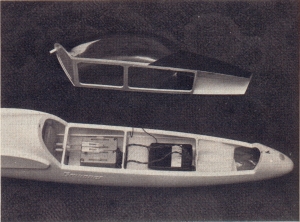
... the radio receiver: The weight 40 g and the format 40x53x17 mm
including contact don for seven servo and current supply. The tension 4,8 V,
the current 8 mA (7 - 8 mA and 5,5 V). CMOS-decoder. Toroidal cores
with dual tuning circuits in the HF input gives more than 30 dB
reflection delay frequency suppression (image rejection) but in comparison with IC-R8600: spurious and image rejection, analog mode operation: 0,010–29,999 MHz: >70 dB...
... source: Inge Stendahl, Transfunk, Christer Svensson,
Radio & Television Bygg själv, nr 5, 1979, s 5-14...
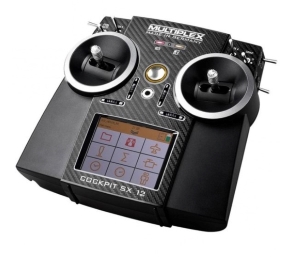
... but the dream is the radio control- and telemetry-system
MULTIPLEX COCKPIT SX 12 M-LINK FHSS 2,4 GHz transmitter...
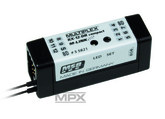
... and MULTIPLEX
RX-12-DR compact M-LINK FHSS 2.4 GHz receiver... weight: 18.5
g...
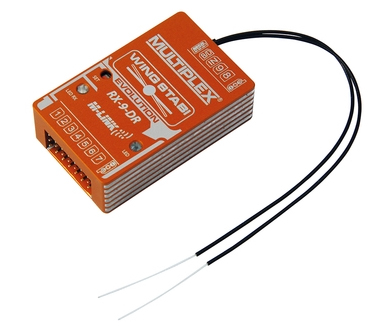
... or Multiplex Wingstabi-RX-9-DR M-LINK, 3-axis gyro system with integrated telemetry
and receiver diversity, weight: 35 g...
... but then I lose the structure inductances, capacitances,
resistors, diodes, transistors, ic etc that get the function radio control or
information transmission.

 RCFS 2001, Radio Controlled Airplane & Helicopter Simulator. ?
Dave Brown Products, Inc. & Tim Gleason. ?
RCFS 2001, Radio Controlled Airplane & Helicopter Simulator. ?
Dave Brown Products, Inc. & Tim Gleason. ?
Which of them should I choose?:
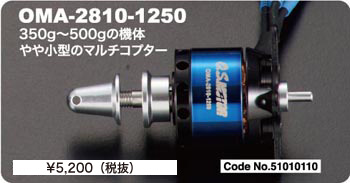
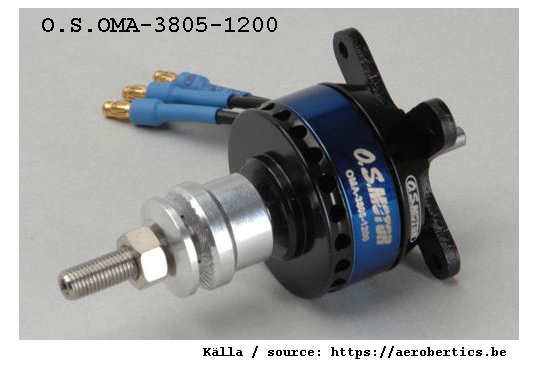
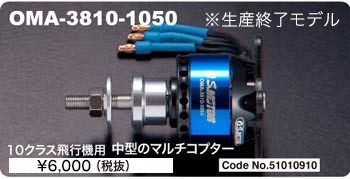
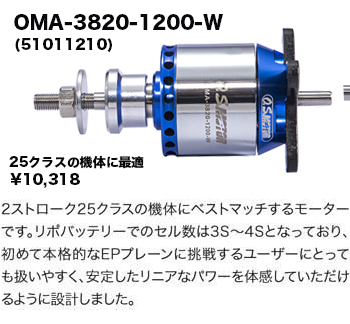
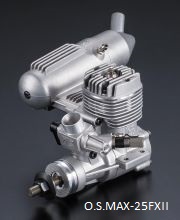

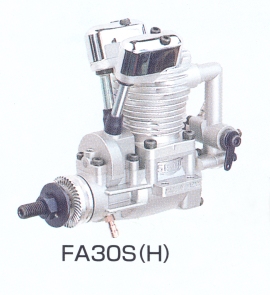

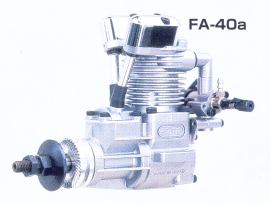
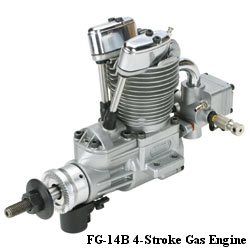
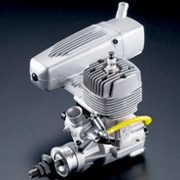
ENGINE DATA
Items Disp. Bore Stroke
Practical range Weight Prop Power Price Thrust Fuel
consumption,
(cc) (mm) (mm)
(r.p.m) (g) (in) (HP) (SEK) (N) max,
ca, (cc/min)
O.S.GT15 14,95 27,7 24,8
7 800 631+178+95 APC 15x10 [2,37]
3795
40? 15-17
FG-14C 13,47 29,0 20,4
1 900 - 9 500 536+51+110 13x8-14x6 1,2
4745
32, APC 14x6 8
FA-40a 6,61 22 17,4
2 000 - 11 000 300+ 10½x6-11x6 0,65 1897? 14, APC 11x5 -
MAX-35AX 5,77 20,2 18,0 9 200 280+83
APC 12x6 [1,28]
1745
23? 18 2.
FA-30H 5,0 20 16
2 200 - 12 000 260+ 9x6-10x6 0,5 1799? - 10
MAX-25AX 4,07 18,0 16,0 11 650
275+83 APC 10x5 [0,79] -
18? 13-16
MAX-25FXII 4,07 18,0 16,0 2 500 - 19 000 260+62,5
9x5-10x5 0,83
2106
- 17-20
1.
O.S.OMA-3820-1200-W -
7 500 160+78+2x114 12x8E 352,8 1084
19 42 A, 8,4 V
O.S.OMA-3810-1050 -
10 250 102+45+3x56 APC 9x7,5E 378 W
712
13 30 A, 12,6 V
O.S.OMA-3805-1200 - - 76+ Propeller - 697 -
Rated current, 3 minutes: 20 A. Maximum current, 5 seconds: 30 A.
O.S.OMA-2810-1250 -
7 110 51+25+3x76+xx
APC 9x7,5E
134 W
580 6,5 16 A, 8,4 V
[1.]
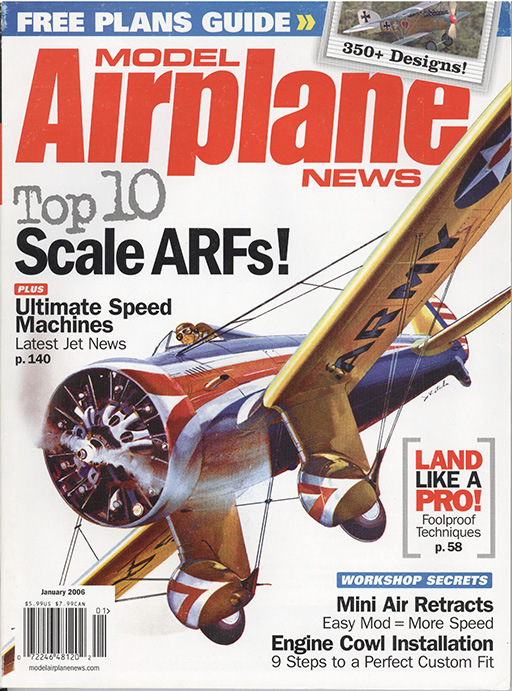
MODEL AIRPLANE NEWS january 2006 and september 1991.
Reader´s soapbox.
Joe Beshar, Oradell, NJ:
Thoughts about thrust.
The secret to choosing a motor.
Basic model performance
Factor Expected performance
0,25 Will have to hand-launch
0,33 Short takeoff
0,50 Instant takeoff
1,00 + Straight-up climb
Factor is the thrust divided by plane´s total weight.
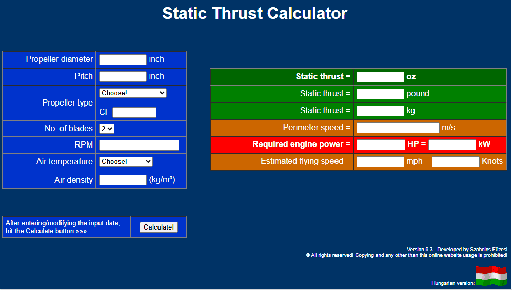
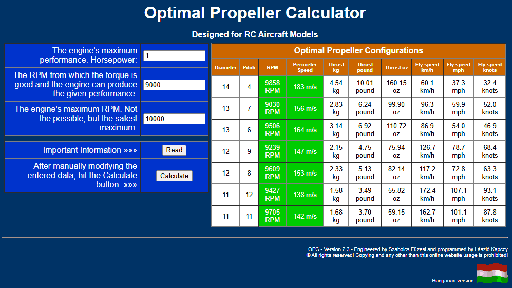
Szabolcs Füzesi, Hungary, developed
the
Static Thrust Calculator - STRC.
Szabolcs Füzesi and László Kapczy created the
Optimal Propeller Calculator -
OPC.
Which of them should I choose?:
 1.
1.
A photograph by Peter Liander.
The beginners model.
Teach you to fly with Lajban!
Span: 1800 mm. Can be
built with a divisible wing. Engine: 3.46 - 7.45 cc. 1.5 - 5 cc (the best is
3.5 - 4 cc / xx - xx N / xxx - xxx W). Weight: 1.5 kg (1.5 cc) - 1.9 kg (5
cc). Wing area: 37.8 dm² Wing load: 39 - 50 g/dm².
"Lajban is one type of beginners model that it is build on the
principle of a free flying
model".
Source: Bosse Gårdstad,
MBS RC models,
Allt om Hobby.
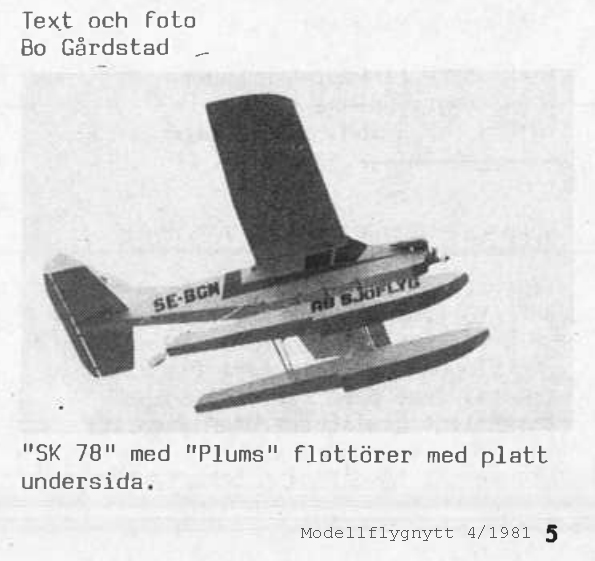
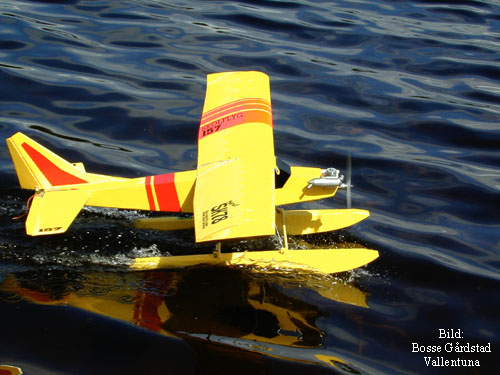
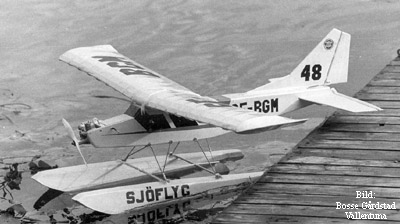 2.
2.
The trainer aircraft sk
78 with float / pontoon "PLUMS".
The
trainer aircraft sk 78 not with the
business PLUMS!
S J Ö F L Y G - frihet med ansvar /
SEA FLYING - freedom with responsibility
Sea flying.
Sea flying. RC flight school 9.
"The beginners model aeroplane"
sk 78 A: span 1.49 m, engine 2.5 - 5 cc / thrust xx - xx N / power xxx -
xxx W, A-wings airfoil (wing section). 2.
The continuation model aeroplane sk 78 B:
span 1.49 m, engine 3.5 - 6.5 cc / thrust xx - xx N / power xxx - xxx W,
B-wings airfoil (wing section [Source:
Understanding flight, David F. Anderson and Scott Eberhardt]).
You need not searching for a excellent
"beginner model".
"It is scarcely possible to learn oneself to fly with this model
type, but one must have help the first 5-10 times. ... Typical models are for
example Junior 200, Taxi, SK78,
Kadet, Charter, Safari 2000, Telemaster, Olympic
20T etc." Source: Bosse Gårdstad Allt om Hobby 8/88.
Source: Bosse Gårdstad
MBS RC models
Allt om Hobby.
SE-BED SE-BGM SE-CKR
SE-CTC
SE-ELZ SE-FRN SE-GOY
SE-GOY and SE-___
SE-GTZ 1 of 3 SE-GTZ 2 of 3
SE-GTZ 3 of 3 SE-KPR
 3.
3.
A photograph by Pär Lundqvist.
The semi-scale model Boxer.
Span: 1406 mm, engine: 3.5 - 6.5 cc, weight: 1.97 - 2.33 kg, wing
area: 35.8 dm². "Slow, scale real aerobatics RC-flying was the basic demand
when boxer was constructed. Functionally slotted flaps for slow start/landing
belonged to the demands as well. That these was so effectively that one can
nearest 'dive land' and still get short landing run with feathery touchdown -
yes, I get that into the bargain actually".
Source: Pär Lundqvist, Allt
om Hobby.
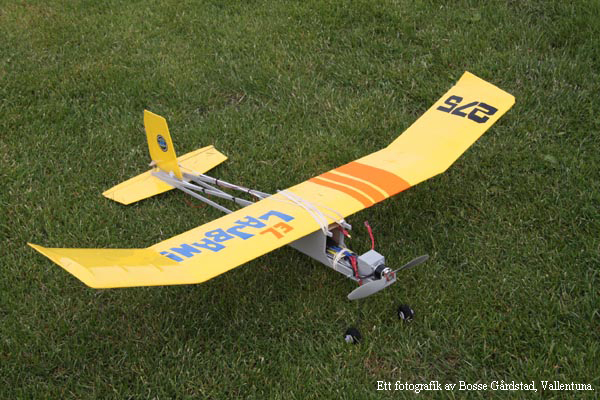 [1].
[1].
The beginners model or pleasure flight model Electric Lajban.
Span: 1100 mm. Electric engine: ca 75-150 w (OMA-2810-1250,
OCA-230, Li-Po 2s (7.4V), APC 9x7.5E,
propsaver). Fligh weight: ca 0.5 kg. Wing area: 17.3
dm².
Source: Bosse Gårdstad
MBS RC
models.

Pär Lundqvist´s aero plane Swedish air force trainer sk 61 Bulldog
in scale 1:8.
A perfect model plane for scale flying as real aeroplane does...
---
The conclusion is therefore obvious, if you choose to make a model
of a real aircraft you get as a result a "real" flying model.
---
The scale model Sk 61 BULLDOG
Data for scale
1:1 1:4 1:5 1:6 1:7
1:8
Span (m):.....................
10,6 2,65 2,12 1,77 1,51 1,33
Length (m):................... 7,09 1,77 1,42 1,18 1,01
0,89
Wing area (m² dm²):........... 12
75,13 48,08 33,39 24,53 18,78
Weight aerobatics (kg):....... 1015
8,81 4,35 2,47 1,54 1,03
Maximum take-offf weight(kg)*: 1065
9,12 4,50 2,55 1,59 1,06
Wing loading (kg/m² g/dm²):... 844
117,28 90,57 74,09 62,96 54,96
Wing loading (kg/m² g/dm²)*:.. 886
121,38 93,56 76,43 64,87 56,57
Power plant (hp):............. 200
1,56 0,72 0,38 0,22 0,14
Maximum speed (km/t):......... 241
85,21 76,21 69,57 64,41 60,25
Cruising speed (km/t):........ 220
77,78 69,57 63,51 58,80 55,00
Stall speed (km/t):........... 98
34,65 30,99 28,29 26,19 24,50
Source: Pär Lundqvist,
https://www.modellflygnytt.se/.

A photograph by Pär Lundqvist.
Full scale Scale
1:4 Scale 1:8
Wing span: ............ 9735 mm ......................... 2440 mm
.................... 1216 mm
Wing area: ............ 11,98 m²......................... 74,9
dm².................... 18,71 dm²
Empty weight:.......... 229,97 kg ....................... 3593 g
..................... 449 g
Maximum takeoff weight: 339,7 kg ........................ 5307 g
(Pär´s model: 4675 g) 663 g
Wing loading: ......... 28 kg/m²......................... 70,8
g/dm² (62,4 g/dm²)..... 35,4 g/dm²
Cruising speed: ....... 134
km/h ........................ 33 km/h .................... 16,7 km/h
Climbing speed: ....... 185 m/min
....................... 46 m/min ................... 23 m/min
Takeoff distance: ..... 73 m
............................ 18 m ....................... 9 m
Powerplant: ........... one
27-kW (36-hp) Aeronca J.A.P.
J-99J
flat-two piston engine about 0,40 hp .............. -
Dart Kitten was constructed 1937. The
goal was an easy flown and small aeroplane and one succeed every bit as good.
Source: Pär Lundqvist,
Allt om Hobby.
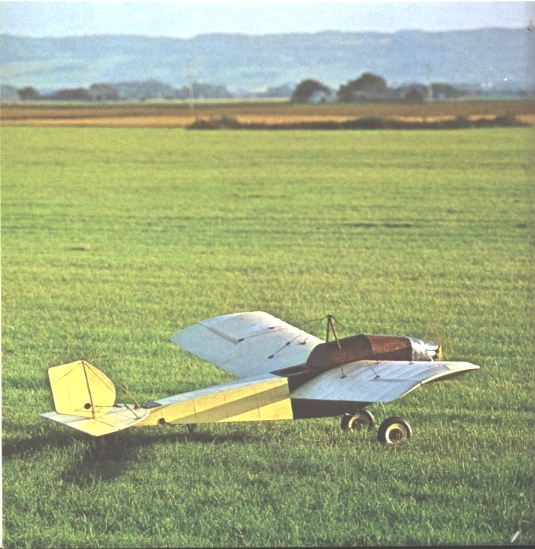
A photograph by Pär Lundqvist.
Eastbourne monoplane 1911,
the construction year 1911. Scale model about 1:5, span: 1800 mm,
weight ca: 2.3 kg, wing area: 64 dm², maximum engine: 6.5 cc (~0.85 kW/1.15
hp/?? N). "Eastbourne monoplane since 1911, is a relative easy built scale
model and hence suitable for the minor skilled builder. In addition, the model
is slow flying and therefore also easy flown".
Source: Pär Lundqvist,
Allt om Hobby.




















 1.
1.

 2.
2. 3.
3. [1].
[1].

